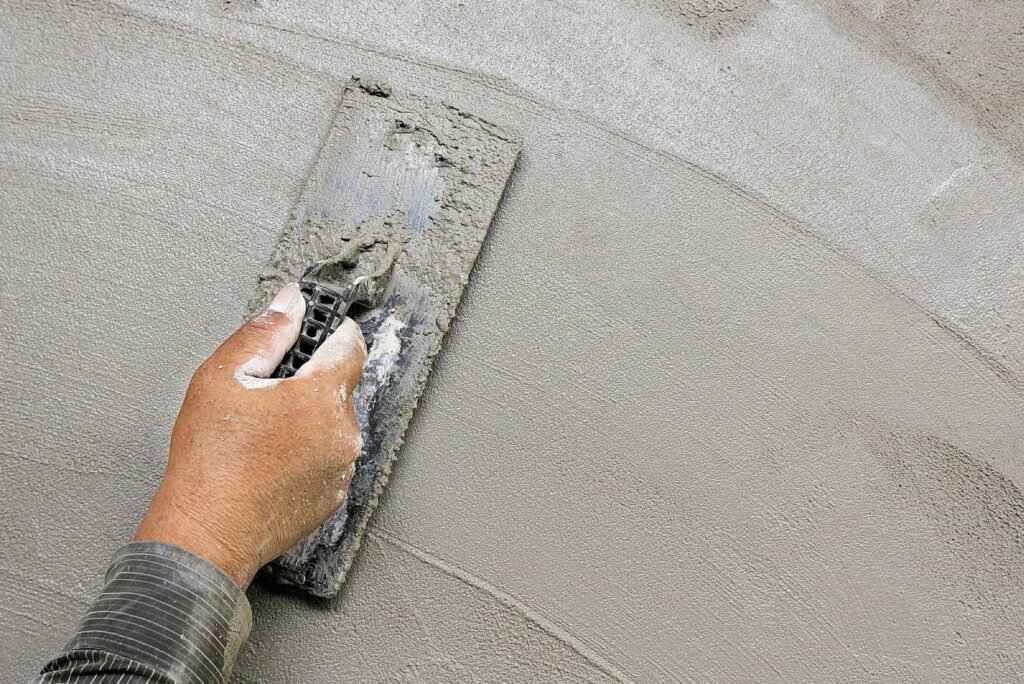
PLASTERING
Plasterwork is construction or ornamentation done with plaster, such as a layer of plaster on an interior or exterior wall structure, or plaster decorative moldings on ceilings or walls. This is also sometimes called pargeting. The process of creating plasterwork, called plastering or rendering, has been used in building construction for centuries. For the art history of three-dimensional plaster, see stucco.
Stucco is a term loosely applied to nearly all kinds of external plastering, whether composed of lime or of cement. At the present time it has fallen into disfavor, but in the early part of the 19th century a great deal of this work was done. Cement has largely superseded lime for this work. The principal varieties of stucco are common, rough and troweled.
Common stucco for external work is usually composed of one-part hydraulic lime and three parts sand. The wall should be sufficiently rough to form a key and well wetted to prevent the moisture being absorbed from the plaster.
Rough stucco is used to imitate stonework. It is worked with a hand float covered with rough felt (a stiff bristled brush can also be used), which forms a sand surface on the plaster. Lines are ruled before the stuff is set to represent the joints of stonework.
Trowelled stucco, the finishing coat of this work, consists of three parts sand to two parts fine stuff. A very fine smooth surface is produced by means of the hand float.
Stucco is of similar composition, but less labor is expended on it. It is laid on in two coats with a skimming float, scoured off at once, and then trowelled.
Colored stucco: lime stucco may be executed in colors, the desired tints being obtained by mixing with the lime various oxides. Black and grays are obtained by using forge ashes in varying proportions, greens by green enamel, reds by using litharge or red lead, and blues by mixing oxide or carbonate of copper with the other materials.
